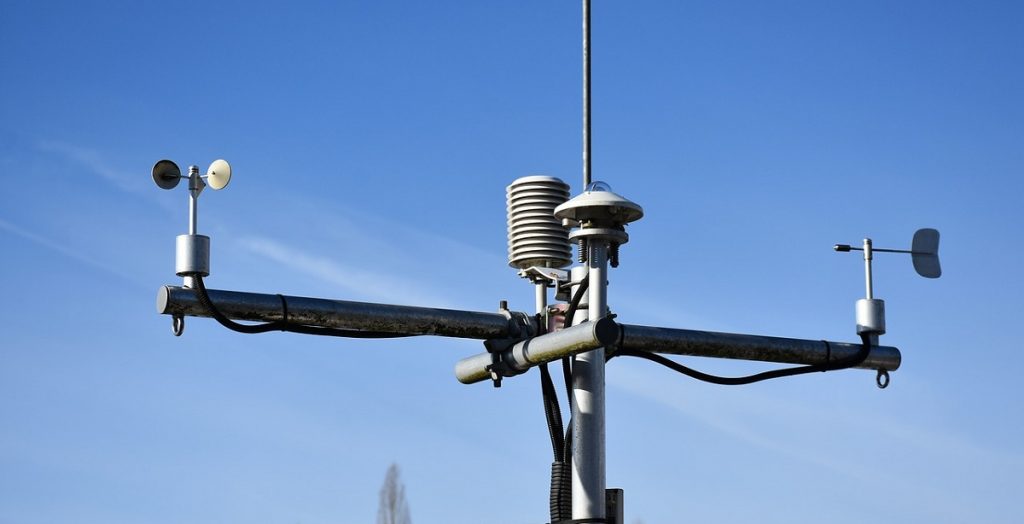The weather plays an important role in our everyday life. With the constant boom in the world of mobile apps, it has become much easier and convenient to check weather reports with just one flick. However, as the famous line goes, “There is no such thing as perfect.” Despite all the benefits that weather apps provide, their daily reports are not always right and accurate.
Frequently, the reports given by weather apps are generated from stations multiple miles away from your location. There can be inconsistencies in these reports compared to the actual conditions around you. This is why you should consider having your own personal weather station, which is more commonly known as a met station.
Met stations will tell you the exact state of the weather in your geographical location in the convenience of your own home by measuring atmospheric conditions, such as relative humidity, temperature, barometric pressure, rainfall, and wind speed. They can also be connected to the Internet so you can monitor the weather conditions from anywhere and share your findings with other weather aficionados.
Here, we’ll talk about weather station instruments and what you need to know before purchasing one:
Types of Weather Station Instruments
The Digital
The technology on this digital weather station is capable of not only displaying humidity and temperature but the accompanying time and the date as well.
A few digital stations have a barometer built in their systems which enables them to conduct simple forecasting. In addition, this type of met station can either be powered through wired connections, batteries, or solar energy. Granted, a solar met station is considered to be the most cost-efficient and durable.
The Smart

Like phones, smart technology has already been incorporated in weather stations. A particular key feature of a smart station is an equipment that can comprehend and follow voice commands and reply with the requested information. For example, some new home weather stations now use Google’s AI Alexa.
Another interesting ability of certain newly launched smart home weather stations is actually measuring the different characteristics of the indoor environment. For example, some can measure noise levels, CO2, or even dust volume.
The Analog
This type of station is often a wooden device with a retro, antique feel that has dials and is usually mounted on a wall. Some are even small enough to fit on a desk. Many models are made purposely to look like vintage weather stations yet contain modern technology. Analog weather stations are not only functional, but aesthetically pleasing and eye-catching. In fact, many people opt for this type of weather station for its appearance.
The Portable
Portable weather stations are handheld units with reports that are only limited to wind speed and temperature.
Additionally, handheld weather meters are only about the size of a mobile phone and must be held upwards and pointed into the atmosphere. Some brands offer wind strip attachments. However, the only thing they can’t do as of the available tech is to measure rainfall.
To add to that, your smartphone can be a portable weather station. All you need is to plug in a portable thermometer or anemometer and voila you have a better version of your built-in weather checker.
Being informed of daily weather reports can be beneficial for anyone who wants to be well-prepared at all times. Accordingly, in selecting which type is suitable for your lifestyle, assess your unique preferences, needs, and demands.






